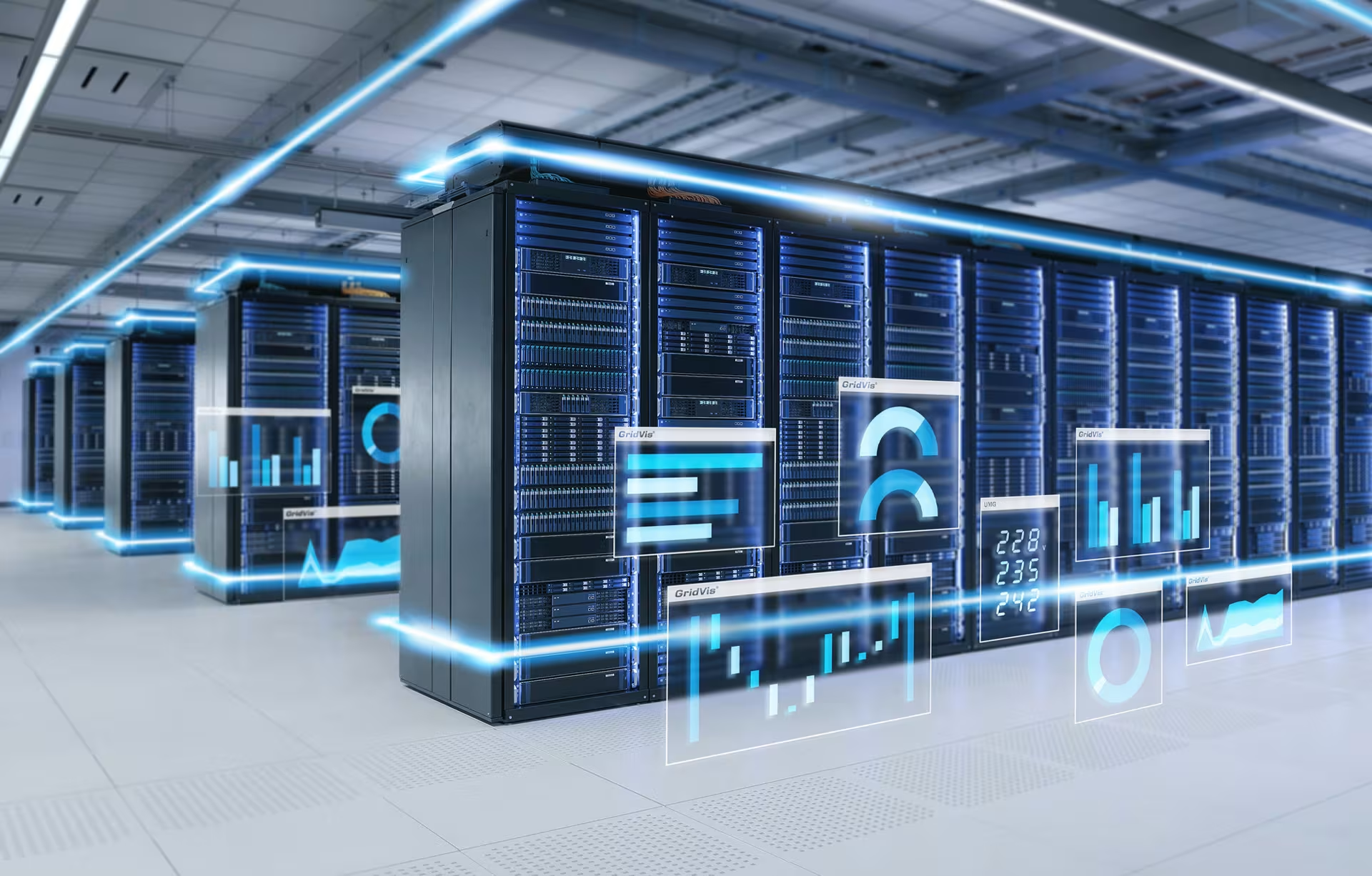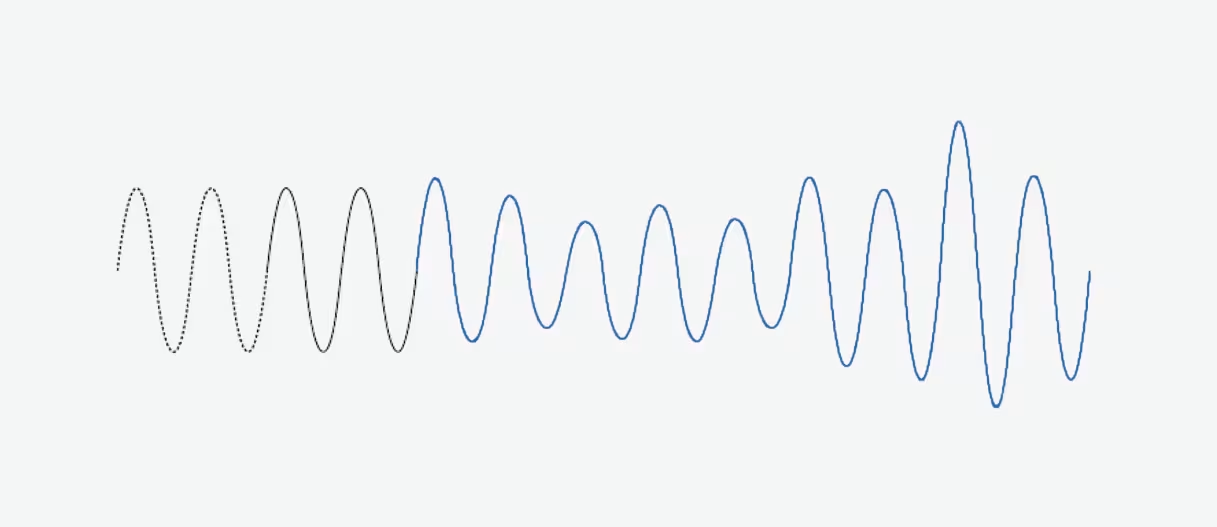AI Data Centers: Power Quality More Critical Than Ever
Rising energy demands, rapid load fluctuations, and new types of risk: AI-driven data centers are creating unprecedented challenges for utilities and operators alike. Janitza expert for AI-data centers Roshan Rajeev offers insights.

“Live energy data is non-negotiable for AI data centers.” That was the key message from Roshan Rajeev, Janitza’s AI data center expert, during his presentation at Data Center World (DCW) in Washington, D.C. In his session, “Implementing Effective Power Quality Monitoring and Mitigation Strategies for AI Data Centers,” Rajeev detailed the specific impacts of AI workloads on power consumption, electrical infrastructure, and power quality.
AI data centers, he explained, operate in highly dynamic load environments that are constantly evolving. Sudden short-term resource spikes—such as server startups, the launch of a training sequence, or simultaneous user access—can cause rapid increases in load. These abrupt changes may lead to voltage sags and a range of power quality issues, including transients and flicker.
AI workloads create unique electrical stressors
According to Roshan Rajeev, different AI operations generate distinct load profiles. Model training drives a sustained, high computational load. Power consumption can reach into the megawatt range, creating a substantial base load for the facility. Model inference, on the other hand, often results in short-term, recurring power spikes lasting only seconds or minutes. The steep ramp rates of electrical load—e.g., increases of 100 kW within 10 seconds—can be extremely taxing on power infrastructure. Some components may struggle to respond quickly enough to these shifts. But technology is constantly evolving, Power constraints are a known issues and engineers are working to solve this problem.
Graphics processing units (GPUs) or Tensor Processing Units (TPUs)—the backbone of most AI computing environments—typically introduce high, nonlinear loads and substantial harmonic distortion. Additionally, various types of idle operation can result in significant energy costs with no associated value, undermining overall efficiency.
“All of these different load types are continuously evolving. We must ensure that we capture the right data in real time to manage data centers effectively—both now and in the future,” Roshan Rajeev emphasized. What’s more, every data center behaves differently: “You can conduct load profile studies, but each site responds in its own way—especially once you factor in cooling systems and supporting infrastructure.”
Roshan summarized his core takeaways as follows:
- AI data centers consume massive amounts of power and have extremely dynamic load profiles. This leads to larger switchboards with higher current outputs.
- These conditions make continuous power quality monitoring more important than ever.
- Live energy data is essential—and must be accessible for remote analysis.
- A flexible, modular platform (hardware and software) is required to adapt to ever-changing conditions.
About the Speaker
Roshan Rajeev is Vice President of Engineering at Janitza USA and brings over 10 years of experience in energy measurement and monitoring technologies. Prior to joining Janitza, he held a position in Data Center Infrastructure Management (DCIM) at Meta, where he was responsible for data acquisition and analytics—ensuring the reliability and efficiency of hyperscale data center operations. Before that, he worked at Eaton Power Systems, where he focused on implementing Energy and Power Management Systems (EPMS) for data centers as well as commercial buildings and infrastructure.

Training of new AI models
Impact on performance behavior
- High, Sustained Compute Load
- MW-Scale Consumption
Challenges for the network
- Increased base load on utility
- Voltage & Frequency Variations (Interruptions, Sags/Swells, Dips, Surges)

Model inference
Impact on performance behavior
- Frequency Burst Activity
- Load Ramps up/down quickly
Challenges for the network
- Voltage Surge Transients
- Fluctuating Load Stress on Infrastructure
- High Frequency Voltage Distortion

GPU processing
Impact on performance behavior
- High, Nonlinear Loads
- Huge Power Draw
Challenges for the network
- High Frequency Voltage Distortion
- Interharmonics
- Harmonic Distortion

Idle modes
Impact on performance behavior
- Leading Power Factor
- Lower System Efficiency
Challenges for the network
- Un-Balances and Harmonic Distortions
- Leading Power Factor

Colocation hosting
Impact on performance behavior
- Diverse Load Profiles
Challenges for the network
- Aggregate Total Harmonic Distortion (THD) at PCC
